Oliver Messel - Muses & The Beau Monde
- Lilium

- May 13, 2020
- 5 min read
Updated: Jun 3, 2020

Oliver Hilary Sambourne Messel, born 13 January 1904, was an English artist and one of the foremost stage designers of the 20th century.

Messel was born in London, the second son of Lieutenant-Colonel Leonard Messel and Maud, the only daughter of Linley Sambourne, the eminent illustrator and contributor to Punch magazine.
He was educated at Hawtreys, a boarding preparatory school then in Kent, Westminster School and Eton— where his classmates included Harold Acton, Eric Blair, Brian Howard, and Robert Byron.
He then went on to attend the Slade School of Fine Art.
After completing his studies, he became a portrait painter and commissions for theatre work soon followed, beginning with his designing the masks for a London production of Serge Diaghilev's ballet Zephyr et Flore (1925). Subsequently, he created masks, costumes, and sets – many of which have been preserved by the Theatre Museum, London – for various works staged by C. B. Cochran's revues through the late 1920s and early 1930s.

His work as a set designer was also featured in the US in such Broadway shows as The Country Wife (1936); The Lady's Not For Burning (1950); Romeo and Juliet (1951); House of Flowers (1954), for which he won the Tony Award; and Rashomon (1959), which was nominated for a Tony Award for his costume as well as his set design. He also designed the costumes for Romeo and Juliet; Rashomon; and Gigi (1973), the latter two receiving Tony Award nominations.

'The set was enchanting; the inventiveness of it stays in the mind - the hanging birdcage, the shelf behind Tyson's desk, the way to the garden, the feeling of Spring. It was all a bit grand and ecclesiastical for an impecunious mayor of a small country town, perhaps. But the charm of it, and particularly the space of sky, by sunlight, rainlight and mooonlight, outweighed any such reservations.'
- Christopher Fry
For film his costume designs include The Private Life of Don Juan (1934); Scarlet Pimpernel (1934); Romeo and Juliet (1936); The Thief of Bagdad (1940); and Caesar and Cleopatra (1945). For Romeo and Juliet he also served as Set Decorator. He was Art Director on Caesar and Cleopatra (1945), On Such a Night (1956) and Production Designer on Suddenly Last Summer (1959), for which he was nominated for the Academy Award.
During the Second World War Messel served as a camouflage officer, disguising pillboxes in Somerset. According to his fellow officer Julian Trevelyan, he revelled in the opportunity to give his talents free rein. The disguises of his pillboxes included haystacks, castles, ruins, and roadside cafes.
In 1946, Messel designed the sets and costumes for the Royal Ballet's new and highly successful production of Tchaikovsky's ballet The Sleeping Beauty, a production which famously starred Margot Fonteyn.
The Sleeping Beauty, first performed by the Sadler's Wells (now Royal) Ballet in 1946, is Messel's most enduring production in Great Britain. He designed over one thousand costumes for the many revivals of this production between 1946 and 1970. The fanciful costumes and sets are inspired by the work of artists and stage designers of the seventeenth and eighteenth centuries.
Messel conceived of a giant hemi-cycle of columns overlooking the palace garden for Aurora's christening, Act I. The landscape is painted with feathery brush strokes in harmonious warm tones of turquoise, brown and yellow, contrasting with the hard lines and cold white tones of the architecture. The style is reminicent of French eighteenth century landscape painting, such as the work of Jean-AntoineWatteau (1684-1721).
Below is a clip by The Royal Opera House - The Sleeping Beauty: Re-awakening a classic ballet (The Royal Ballet) where members of the cast and creative team talk about the task of restaging a classic. More clips about the re-awakening are on the The Royal Opera House channel.
In 1953, he was commissioned to design the decor for a suite at London's elegant Dorchester Hotel, one in which he would be happy to live himself. The lavishly ornate Oliver Messel Suite, which the hotel advertises as Elizabeth Taylor's favourite place to stay in London, combines baroque and rococo styles with modernist sensibility and a considerable dose of fantasy. The suite, along with other suites that he designed in the Dorchester, are preserved as part of Britain's national heritage.
Messel was also asked to design the Royal Box for Queen Elizabeth II and her guests King Gustav of Sweden and Queen Louisea, who attended a gala performance of Rimski-Korsakov's "Le Coq d'Or" in the Royal Opera House at Covent Garden 1954.
When Messel's nephew, Antony Armstrong-Jones (Lord Snowdon), married Princess Margaret, a lifelong relationship with the British royalty began. Messel was later to design Les Jolies Eaux, Princess Margaret's home on Mustique Island in The Grenadines (a 45 min flight west of Barbados), and "Point Lookout" an extraordinary stone beach house on the northern tip of Mustique.
In 1966, Messel, exhausted by a demanding theatre season and recurring arthritis, retreated to Barbados and the lush beauty of the eastern Caribbean. He was 62 and at the peak of a career in which he had dazzled three decades of theatre-goers with his fantastic, romantic and inspired stage sets and costumes.

The warmth, colour and vibrancy of the tropics seemed to liberate new sources of energy and imagination, leading him to what would eventually become a whole new career in designing, building and transforming homes.
Messel bought an existing house called Maddox, a simple bay house perched above a small beach on the St. James coast. With the help of his companion Vagn Riis-Hansen, with whom he had a 30-year relationship, and a Barbadian staff, Messel transformed it using the trademarks of his theatrical design: slender Greek columns, flattened arches, white-on-white interiors splashed with bright spots of colour, elaborate plaster mouldings – an easy mix of baroque and classical. It was his use of the materials and traditions of island architecture that was truly innovative.
Wealthy friends commissioned Messel to design houses for them, both on Barbados and Mustique, and thus began what architect Barbara Hill described as “his work … of converting quite ordinary houses into wonderlands.” As well as his own home, Maddox, he re-designed and supervised the renovations of Leamington House and Pavilion (for the Heinz family), Crystal Springs, Cockade House, Alan Bay and Fustic House.
He designed and built Mango Bay from scratch and was commissioned by the Barbados government to restore the old British Officers Garrison headquarters in Queens Park, creating an elegant adaptation of it to a theatre and art gallery.
He would most likely have gone on to do more on Barbados, but was lured away by his friend Colin Tennant and his private island home, Mustique. Glenconner commissioned Messel to design all the houses built on the island. Between 1960 and 1978 Messel created some 30 house plans, of which over 18 have so far been built. Barbados remained his first island love and his home, and he died there in 1978, at the age of 74.

One lasting legacy is that his preferred light sage green shade of paint, now known as “Messel Green’ by paint companies in the Caribbean, has been immortalised as many property owners choose this colour for its quintessential Caribbean-ness.
A biography by With drawings by Edited by
Charles Castle Oliver Messel Thomas Messel










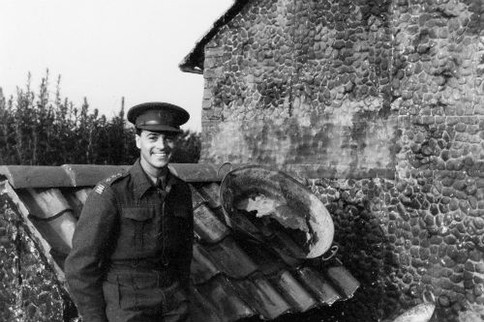



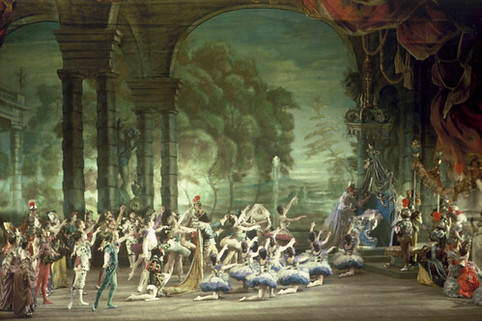



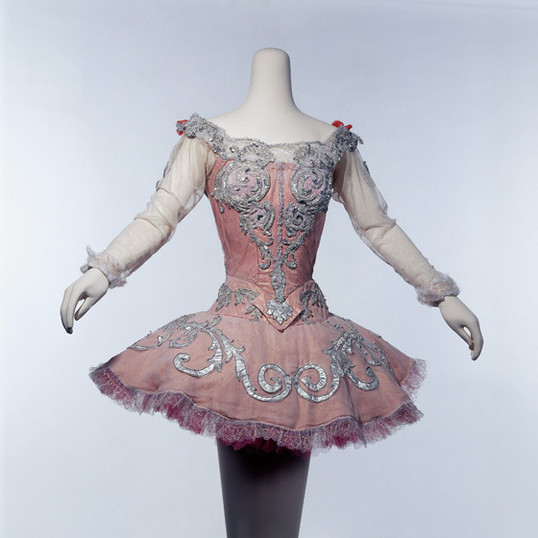

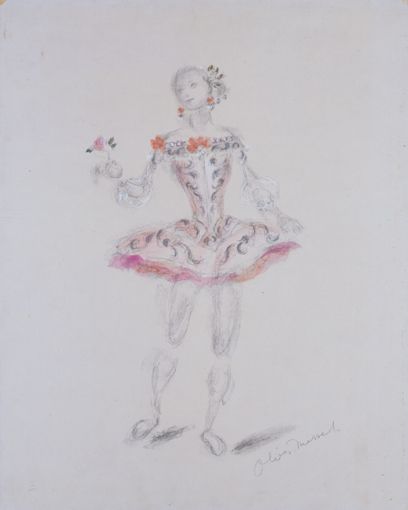

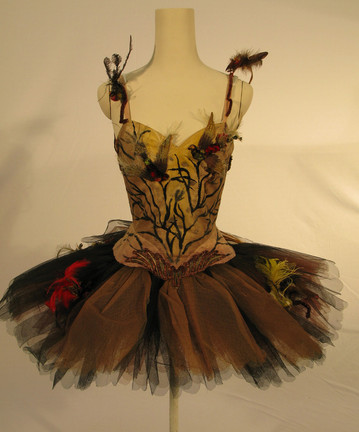






























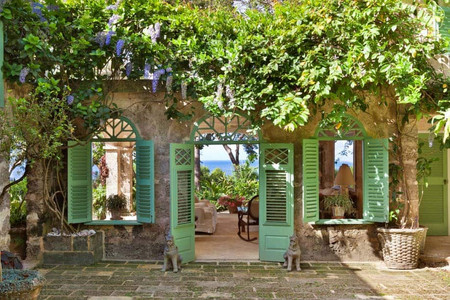

















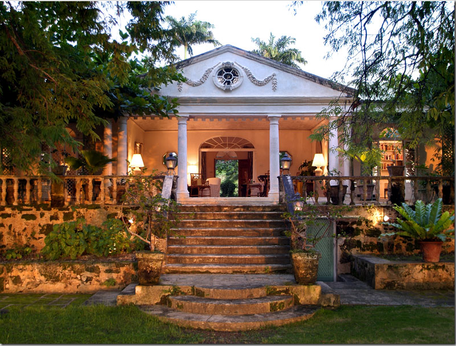















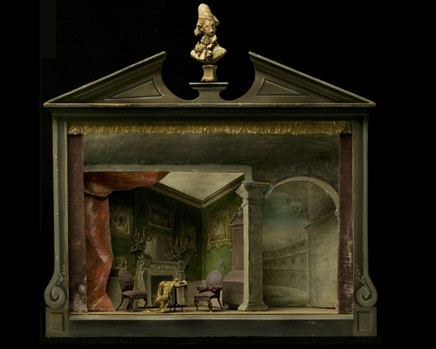

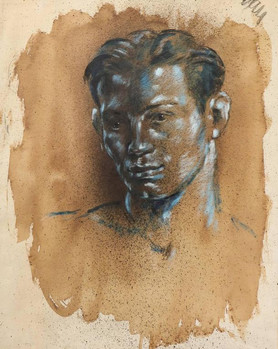






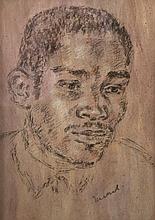













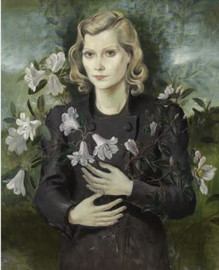




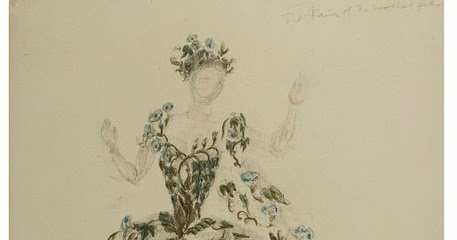

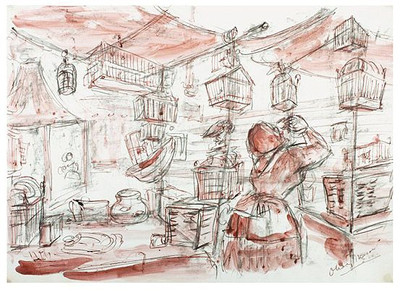











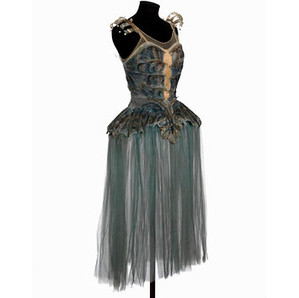

























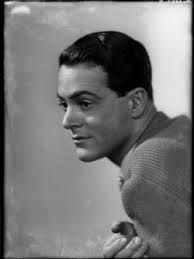















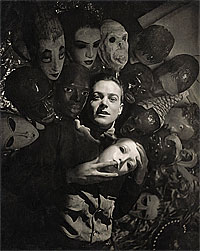




















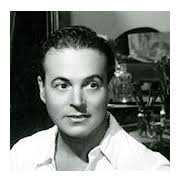

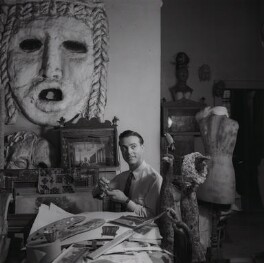







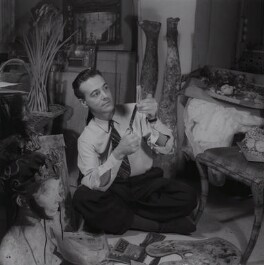

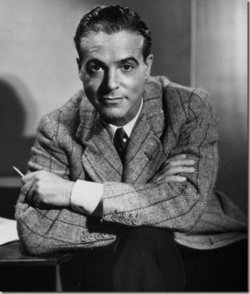





















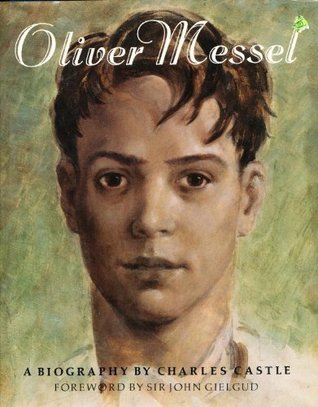







Comments